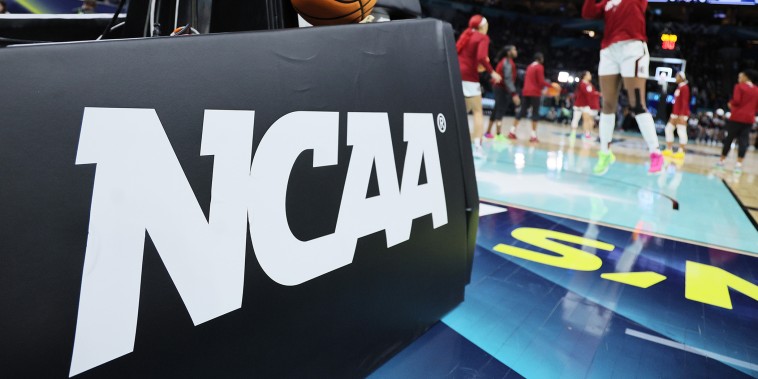For years, the National Collegiate Athletic Association (NCAA) has adhered to the idea that college athletes are amateurs and therefore, should not receive any form of wage beyond their academic scholarships. However, this notion has sparked numerous debates about the profitability of college sports and the exploitation of student-athletes. A landmark lawsuit recently facilitated a seismic shift in conventional perspectives, potentially initiating a new era wherein NCAA student-athletes could be compensated for their performance and representation.
In June 2021, the Supreme Court supported a ruling that provided NCAA student-athletes with unlimited education-related benefits. This verdict, born from Alston v. NCAA, not only condemned the association’s restrictions on non-cash payments but also signaled a potential future where college players may be allowed to profit from their athletic endeavors without infringing NCAA rules.
The historical significance of the lawsuit and subsequent settlement shouldn’t be overlooked. Over the decades, NCAA sports have exploded into a multi-billion dollar industry, yet the athletes, the heart of the business, saw none of this profit. The Alston case challenged this premise by pointing out the educational, psychological, and physical sacrifices made by student-athletes. Compensation for these sacrifices, based on the revenue their performance generates, becomes due.
Notably, the lawsuit introduced the concept of ‘NIL’ (Name, Image, and Likeness) rights for student-athletes. This means players can now earn from their personal brand, endorsements, autographs, or social media platforms and other ventures not related to their school’s contracts. This concept disrupts the precedent set by the NCAA on the rights of student-athletes to profit from their fame and added another layer to their potential income streams.
Despite the promising prospects, the road toward college athletes’ full-fledged payment still seems inclined with obstacles. The NCAA still retains the power to define what constitutes educational benefits and how it should be regulated, which could limit the potential perks relatively. Furthermore, the vast discrepancies in financial capability between universities might create an uneven sports field, where schools with deeper pockets can offer more benefits to athletes.
There are concerns too on the impact that monetization could have on the overall experience and integrity of college sports. Critics argue that introducing pay could blur the unique link between education and athletics, commercializing the experience, and distorting the primary aim of attending college.
As the dust settles on the momentous settlement, many questions still linger. While it’s clear that the existing paradigm regarding student-athlete compensation has been dismantled, the future of NCAA guidelines remains uncertain. However, the wheels are undoubtedly in motion. State legislation, public opinion, legal precedents, and now supreme court rulings are pushing for various forms of compensation for student-athletes.
In summation, the historic Alston v. NCAA settlement has ignited a societal and legal shift, gradually warming up to the idea of compensating student-athletes in different forms beyond mere scholarships. The NCAA, and by extension, the colleges and universities part of it, will be forced to rethink their policies, embracing a more equitable model, giving student-athletes a bigger slice of the pie they helped bake, possibly ensuring a fairer future for college sports.




